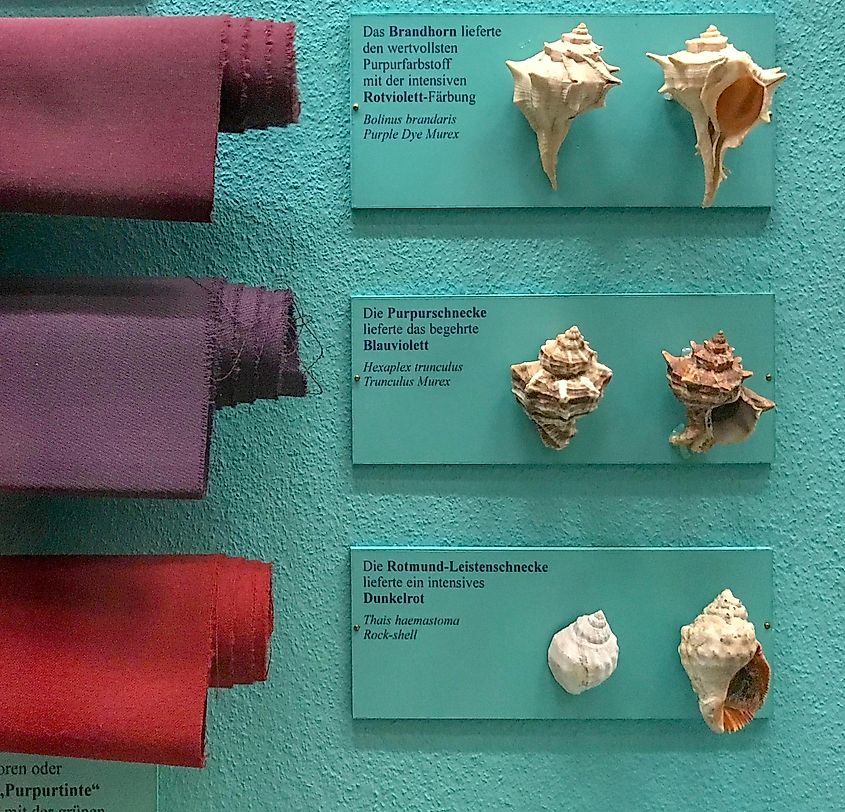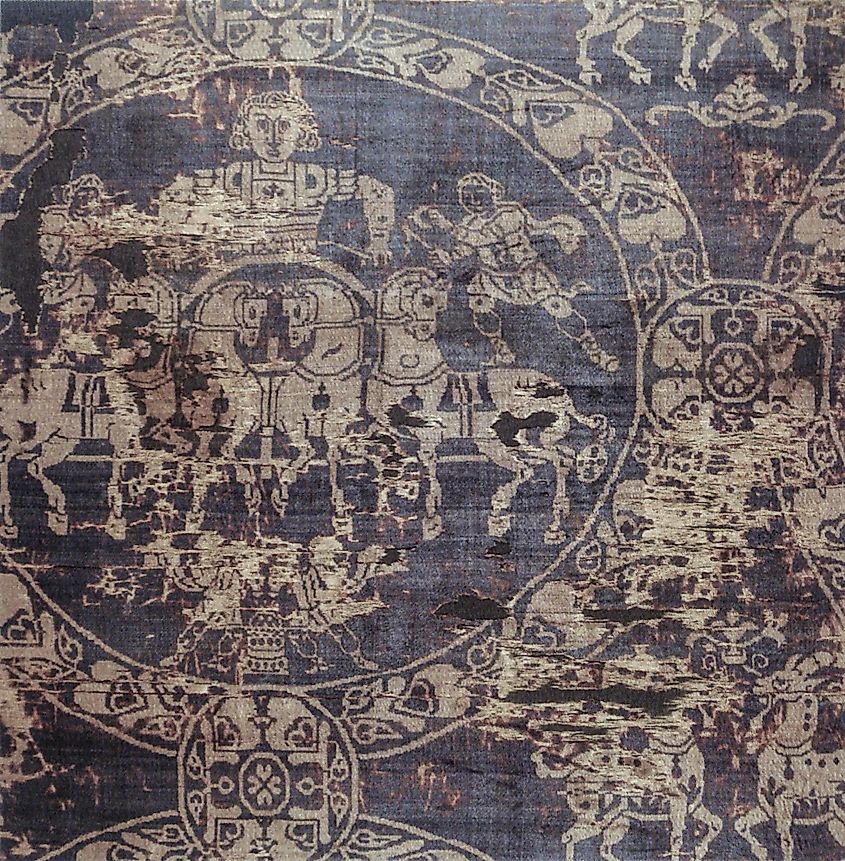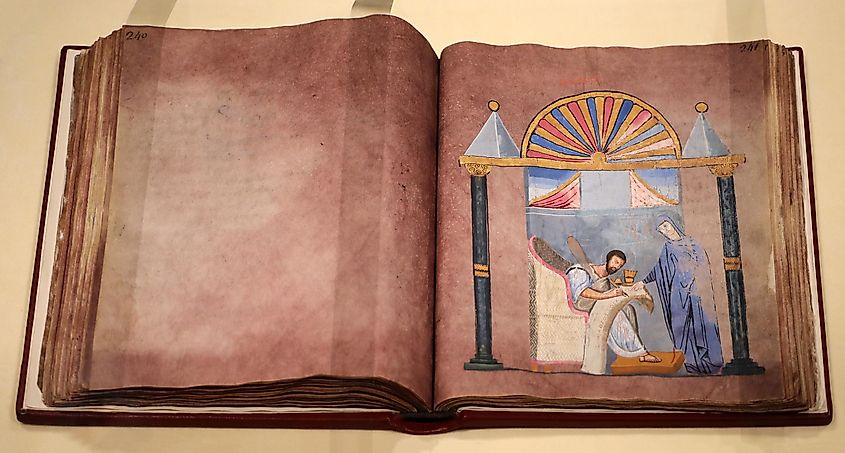
Why Were Roman Citizens Punished For Wearing Purple?
This morning, when you got dressed, you might have thought for a minute about what color to wear. In most places of the world, there is a variety of colored garments from which to choose. Today, you might have chosen to wear the color purple. While the color purple doesn't have as much cultural significance in Western culture, in Ancient Rome, wearing purple was a political statement. If the wrong person wore purple, there were consequences. Here, we explore why.
The Cost of a Color

One of the most difficult and costly colors to produce in ancient Rome was purple, more specifically, Tyrian purple, which was a vibrant and striking purple. Tyrian purple was a dye extracted from the murex shellfish, a type of sea snail. There were two types of murex snail shells that the Roma used for the dye. These were Murex trunculus and Murex brandaris snails. These snails were native to the eastern Mediterranean shores of the Phoenician empire. For one ounce of purple dye, the Romans needed thousands of snails, which made it a real difficulty to obtain. However, for the Romans, the struggle to gather the amount of snails for the dye was worth it. The lush purples created didn't fade in the sunlight and were often worth more than their weight in gold.
Purple as Political

In the ancient world, Tyrian purple was one of the most sought-after dyes. Since the creation process was extensive, Tyrian purple was a pricey dye. As a result, usually only wealthy Roman citizens could afford purple. Purple quickly became associated with power and prestige, and emperors draped themselves in purple togas. While usually only the rich and powerful could afford purple, sometimes commoners were able to obtain a garment with the color. This bothered the upper-class Romans, and eventually, they crafted a sumptuary law around wearing the color purple.
Sumptuary Law

Sumptuary laws regulated consumption and aimed to preserve the morality of society. The ancient Romans believed they prevented overindulgence in luxuries. The laws also maintained a distinction between the social classes. For example, some laws forbid ordinary citizens from having certain foods or goods made out of specific materials. This served to reinforce social hierarchies. Since purple was pricey, Rome passed a sumptuary law that only elite Romans could wear purple. Within the group of Roman elites, there was even an order about who wore purple and how much of their clothing could be purple.
The Purple Fashion

Highly regarded Roman senators had permission to wear a Tyrian purple stripe on their robes. Some elites wore the toga praetexta, which was a robe with a purple border. When Roman generals celebrated a triumph in Rome, they could wear the toga picta. This was a special robe entirely purple with a gold trim. Eventually, purple was the Emperor's color. Julius Caesar was the first empire to wear toga purpurea, an entirely purple robe. In the 5th century CE, silk and purple were considered a stunning combination. Alexander Severus, who reigned from 222 - 235 CE, ensured a monopoly on the production of this beautiful combination. The purple silk garments created were kekolumena. Only the emperor could wear them or those he wanted to give one to. Eventually, the adoration and status of purple ended with the fall of Constantinople.
Punishments for Purple Pretenders

Considering how stunning the color purple was in ancient Rome, if you could afford it, dawning the garment was tempting. However, if someone caught you overstepping the color boundary, there were consequences. Violators of the law were subject to varying punishments. While most penalties were likely financial, there was a component of public humiliation. This deterred others from betraying social norms. Punishments were more severe when wearing purple was a political act in defiance of the emperor. In this case, punishments could include actions such as confiscation of property, title, or even death.
Purple Beyond Clothing

The symbolism of purple in the Roman Empire went beyond clothing, including works of art such as statues, parchment, and mosaic portraits. Over time, some imperial monuments came to include the color purple. Porphyry marble statues, which have a deep, uniform purple color, were eventually crafted. Imperial porphyry was a mineral that was considered similar to Tyrian purple. This mineral was also rare as it only came from one specific quarry. Sometimes, parchment was also dyed purple. The Codex Rossano is an example of a purple text that survived the Roman Empire and remains today.
The Power of Symbolism
While today we might not think twice about wearing the color purple, this has not been the case for everyone throughout history. The rarity of purple in ancient Rome made it a symbol of social status and power. This shows the power of symbolism through something as simple as a color. While today, the color purple doesn't hold the same power in the West, there are other symbols of wealth and status, such as name brands. Learning about symbols of status in the past allows us an opportunity to reflect on how society has changed and how it has stayed the same.











